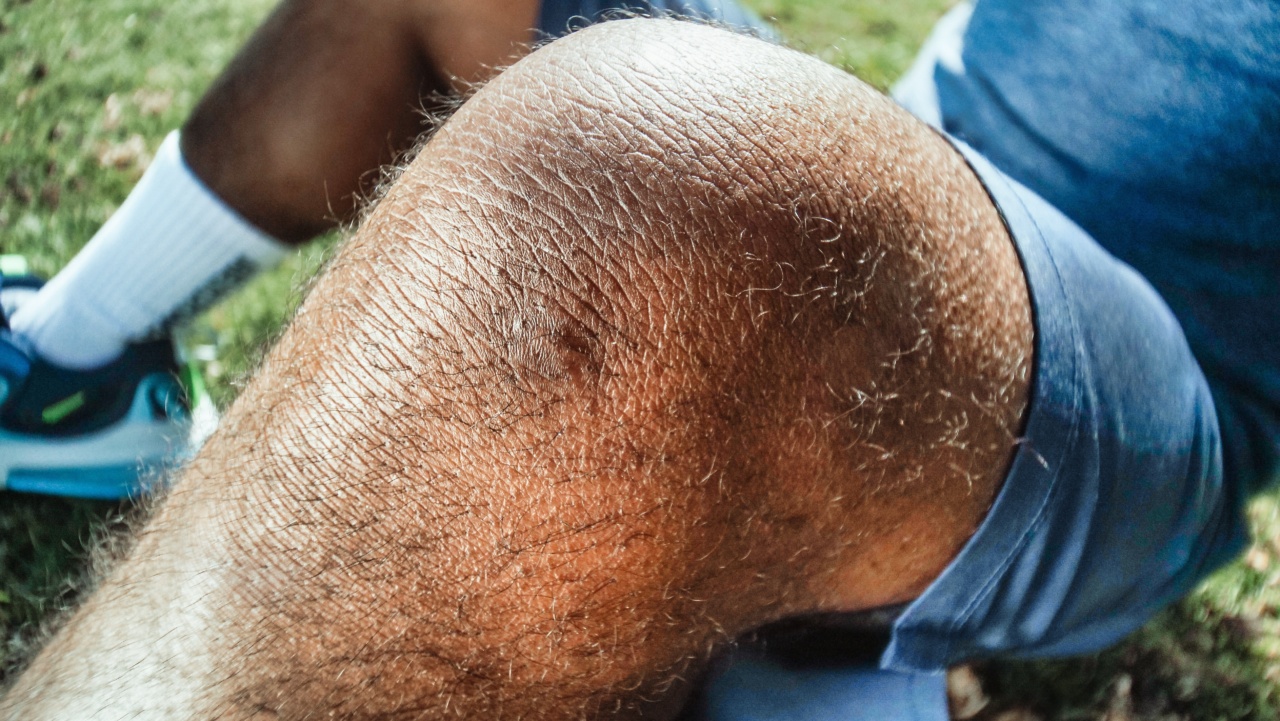High heels have been a popular fashion statement for decades, with women often choosing them to complete an outfit or add height to their stature.
However, recent research studies show that prolonged use of high heels can cause significant damage to the knee joint, leading to long-term pain and discomfort.
What are High Heels?
High heels refer to footwear with raised heels that typically exceed two inches in height. They come in various styles, including pumps, stilettos, wedges, and chunky heels.
High heels are often worn on formal occasions, but they are also commonly used in the workplace or for everyday fashion.
How High Heels Affect the Knee Joint
High heels cause the wearer to shift their weight forward, putting pressure on the feet, ankles, and knees.
This poses a problem because the knee joint is designed to bear weight through the center of the joint, but excessive pressure on the side can cause damage over time.
According to a study conducted by the Stanford University School of Medicine, walking in high heels increases the load on the knee joint by as much as 26% compared to walking in flats.
High heels also cause the knee joint to bend forward, disrupting the natural alignment of the knee and leading to pain and discomfort.
Common Knee Joint Problems Due to High Heels
Wearing high heels on a regular basis has been shown to contribute to a number of knee joint problems, including:.
- Knee Osteoarthritis: This is a condition in which the cartilage that cushions the knee joint wears away, causing pain and stiffness.
- Patellofemoral Pain Syndrome: This is a condition characterized by pain in the front of the knee, caused by irritation of the kneecap against the thighbone.
- Meniscal Tears: These are tears in the cartilage that cushions the knee joint, caused by excessive pressure on the knee joint.
- Knee Ligament Sprains: These are tears in the ligaments that stabilize the knee joint, caused by twisting or hyperextension of the knee joint.
Tips for Avoiding Knee Joint Damage
The good news is that you don’t have to give up high heels altogether, as long as you take some precautions to protect your knee joint. Here are some tips to help you avoid knee joint damage caused by high heels:.
- Choose Lower Heels: Opt for heels that are no higher than two inches in height to reduce pressure on the knee joint.
- Wear Shoe Inserts: Use shoe inserts to cushion the feet and reduce the impact on the knee joint.
- Stretch Before and After: Perform stretches before and after wearing high heels to improve flexibility and reduce the risk of knee joint damage.
- Alternate Heel Types: Switch between different types of heels, such as chunky heels, stilettos, and wedges, to vary the pressure on the knee joint.
Conclusion
Although high heels may look fashionable and glamorous, they can have a detrimental effect on the knee joint, leading to long-term pain and discomfort.
By being mindful of heel height and taking precautions to protect the knee joint, women can enjoy wearing high heels without risking their joint health.




























